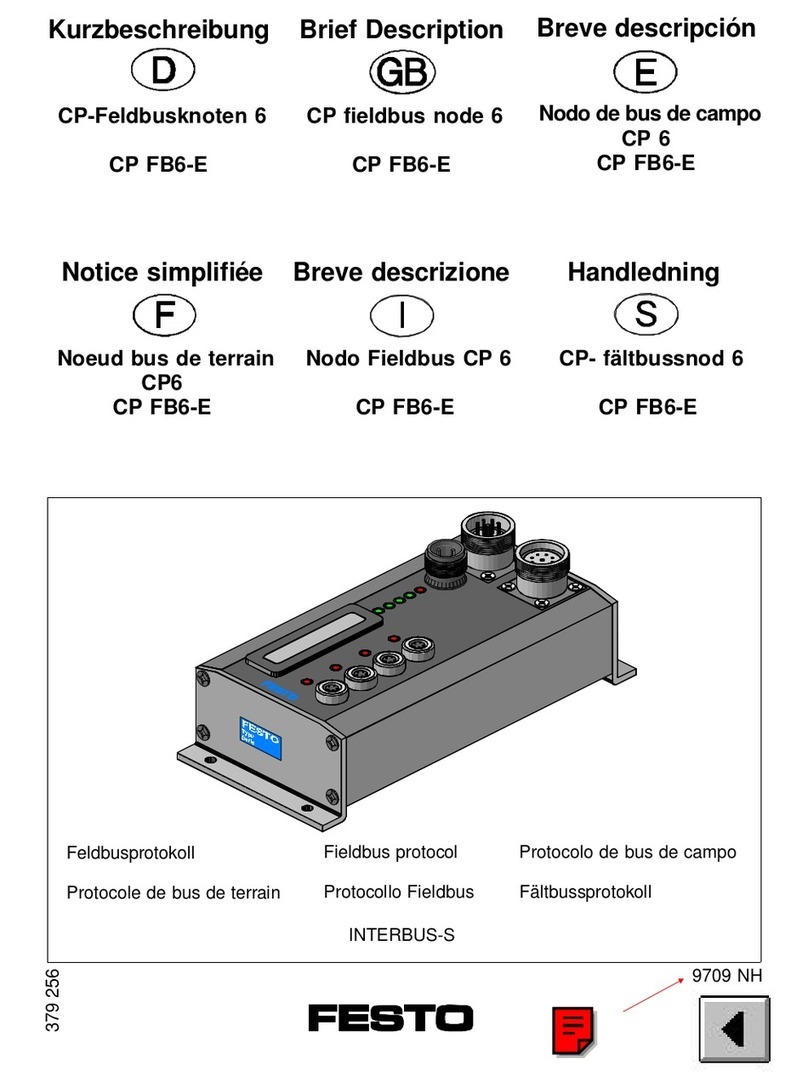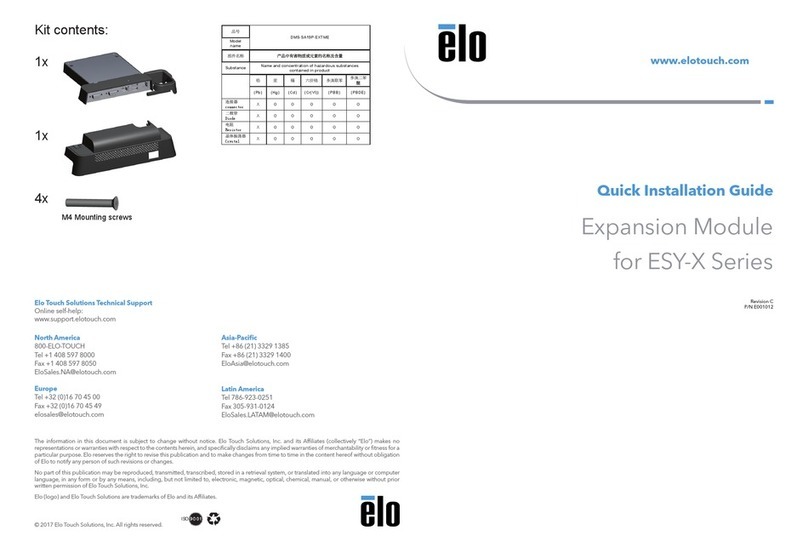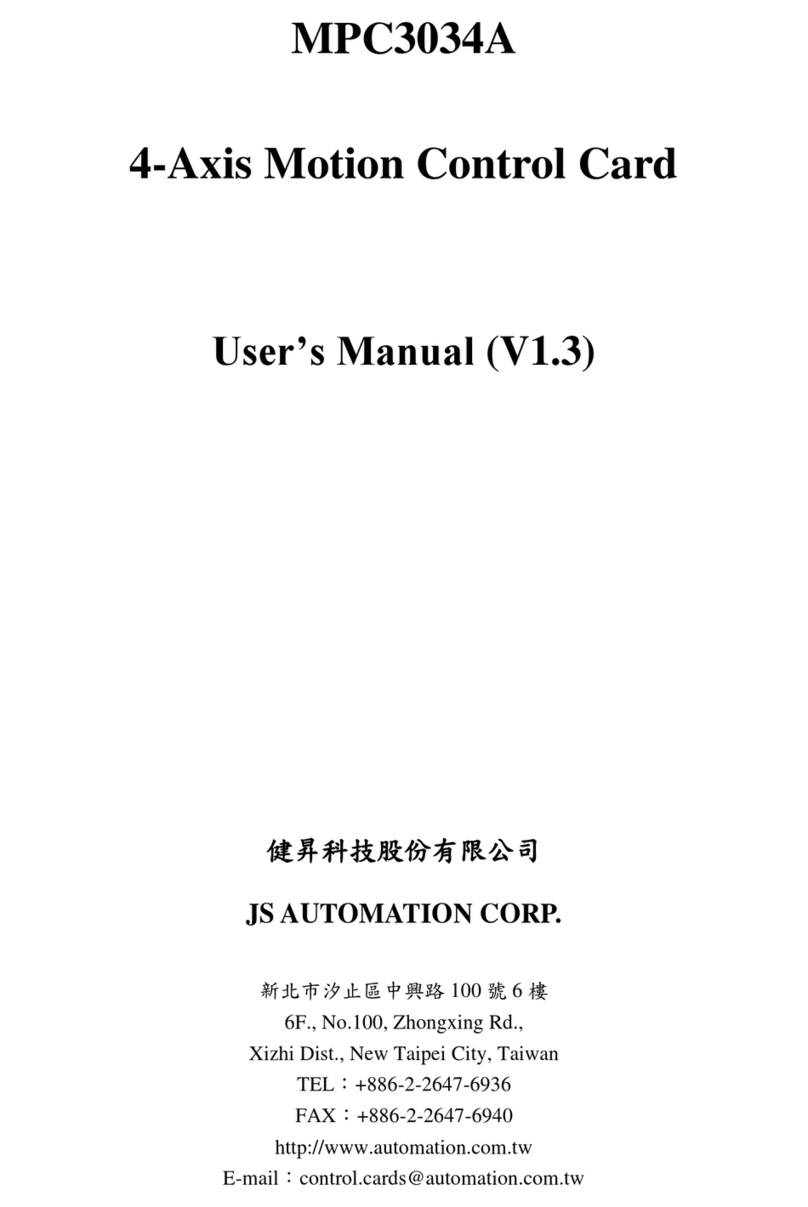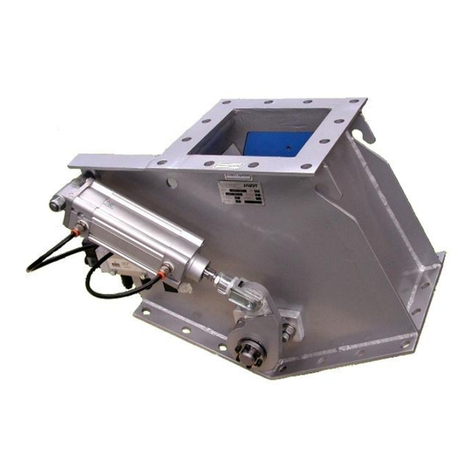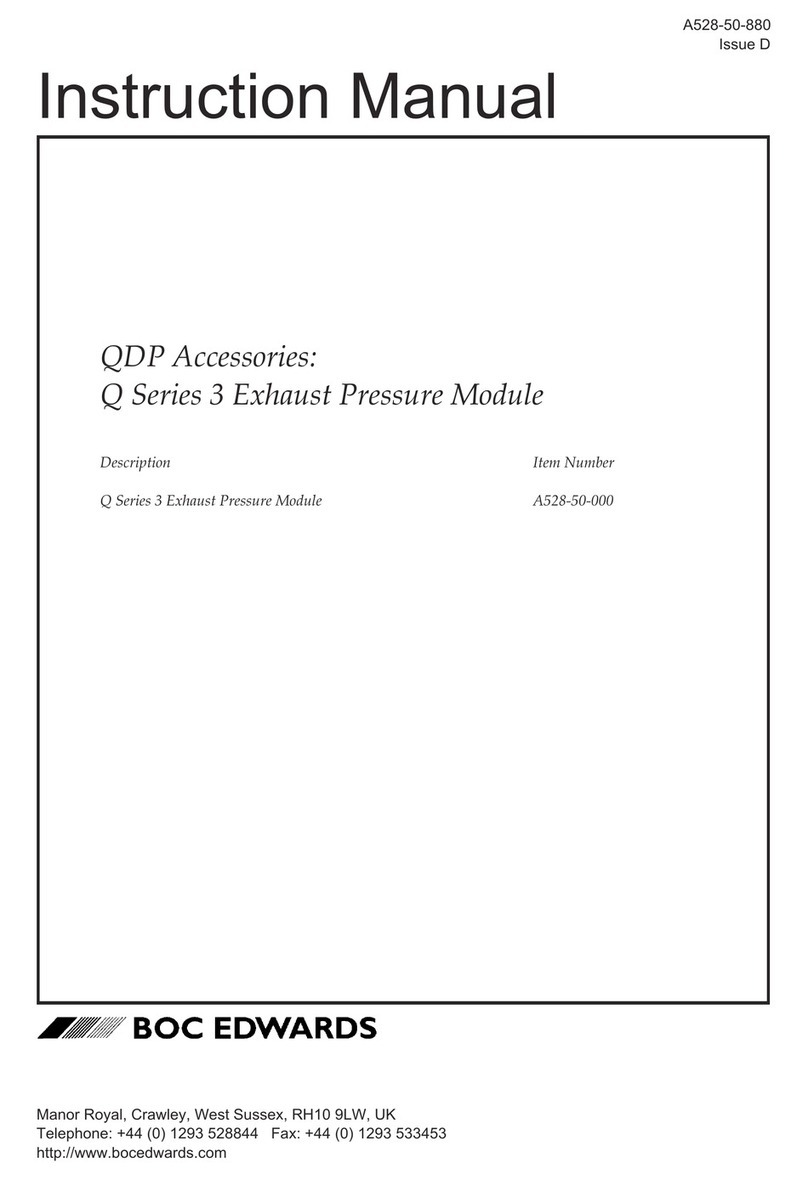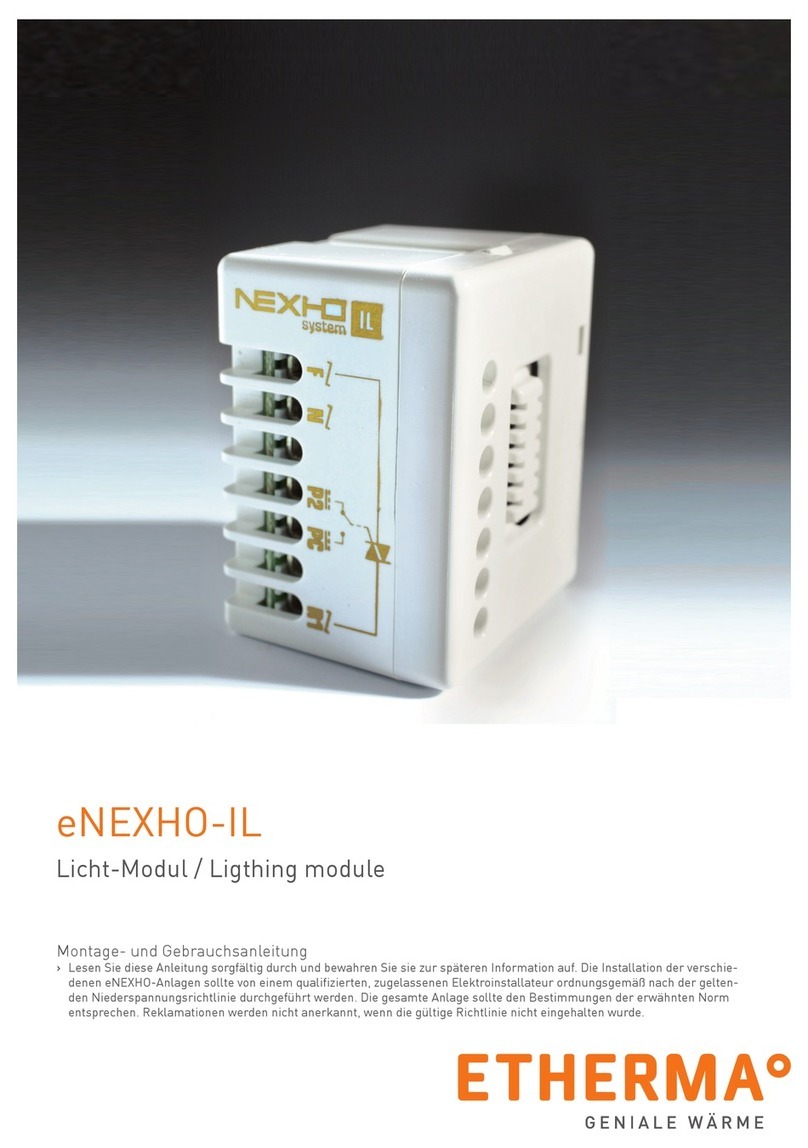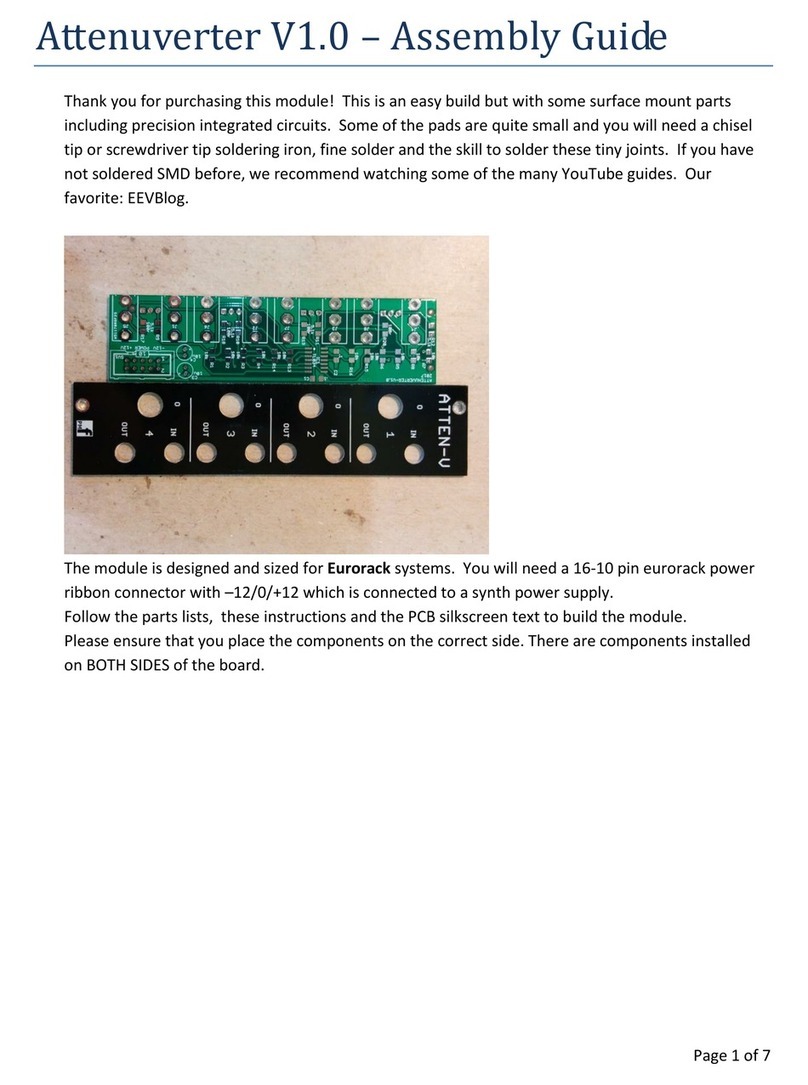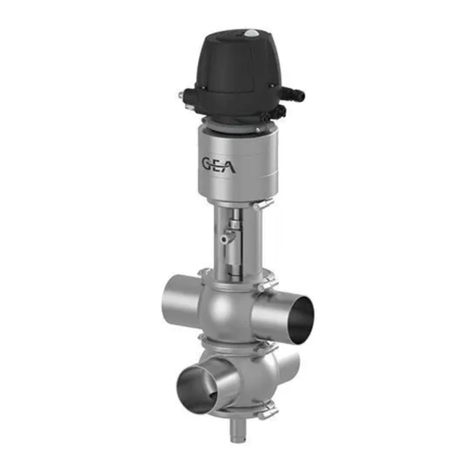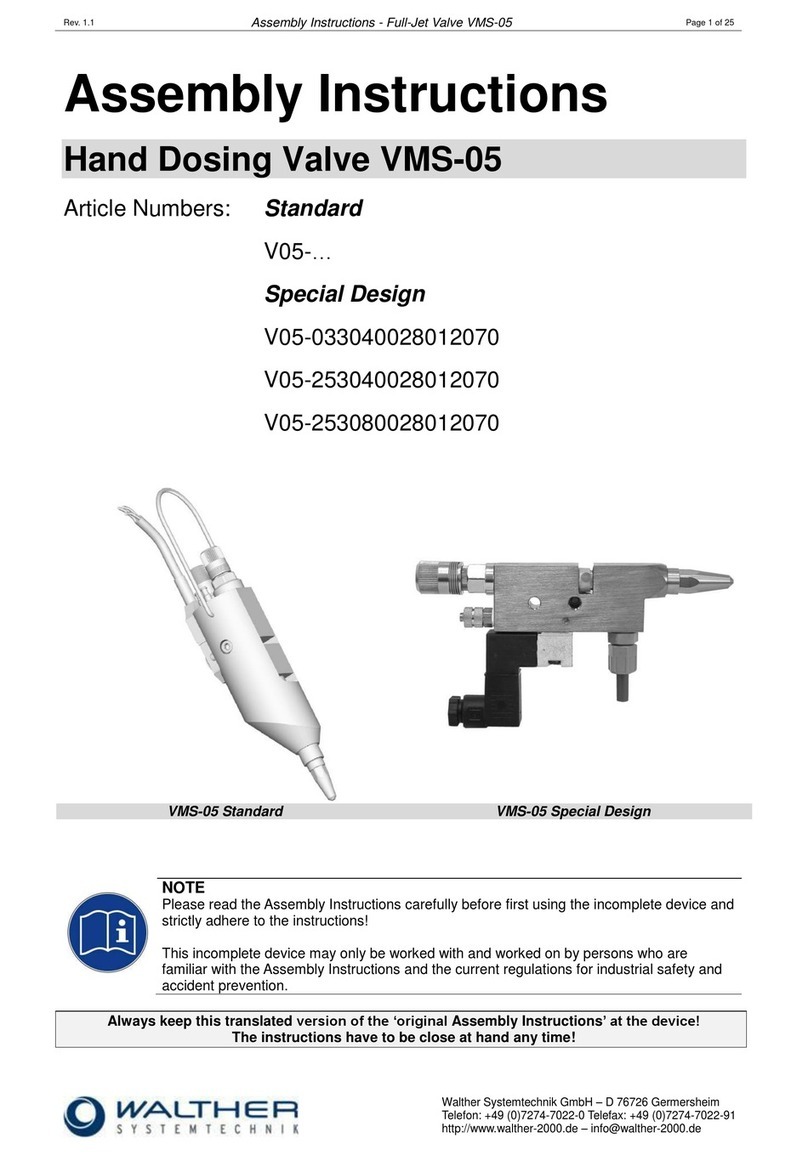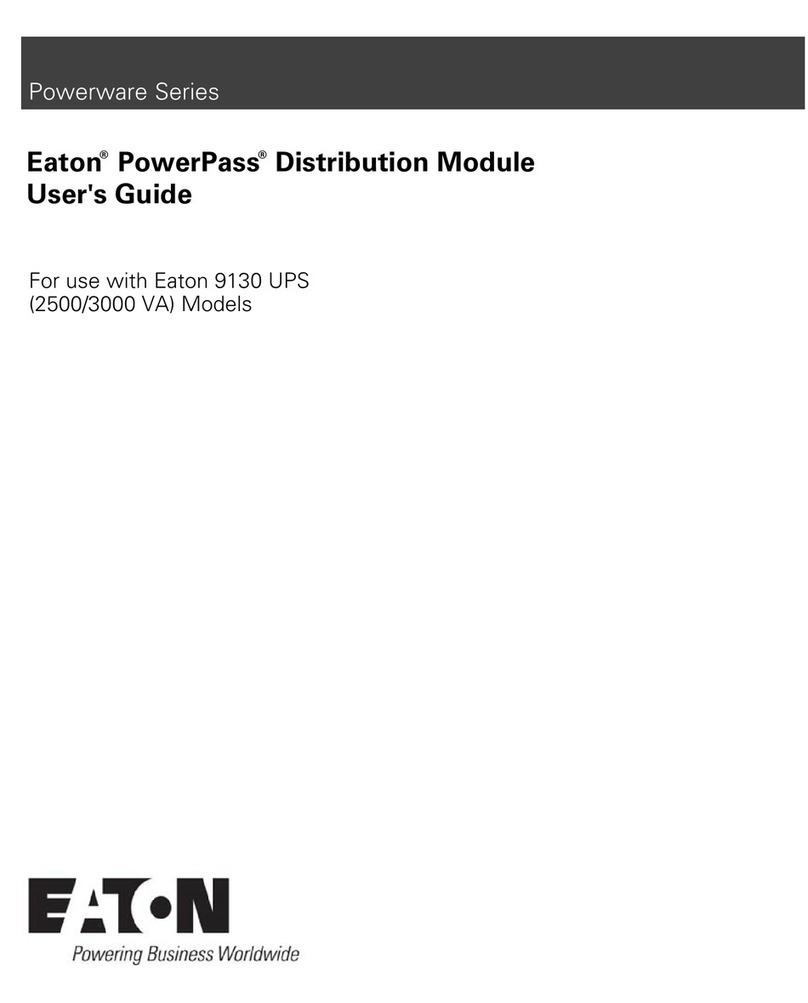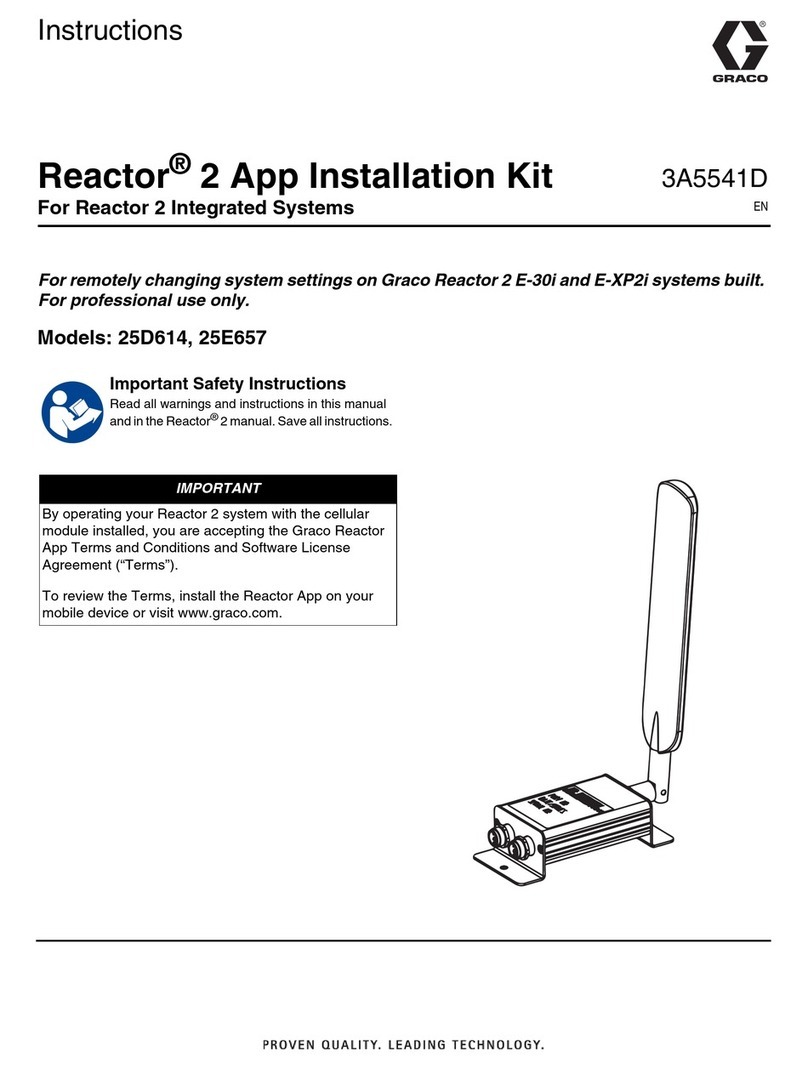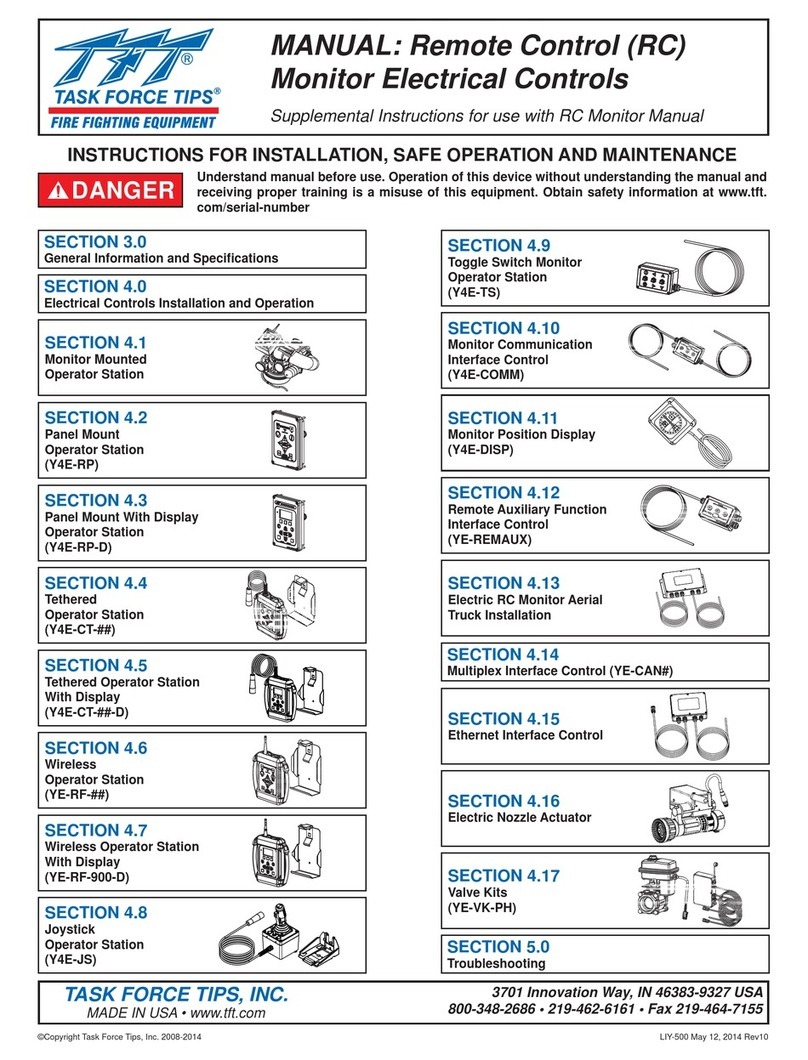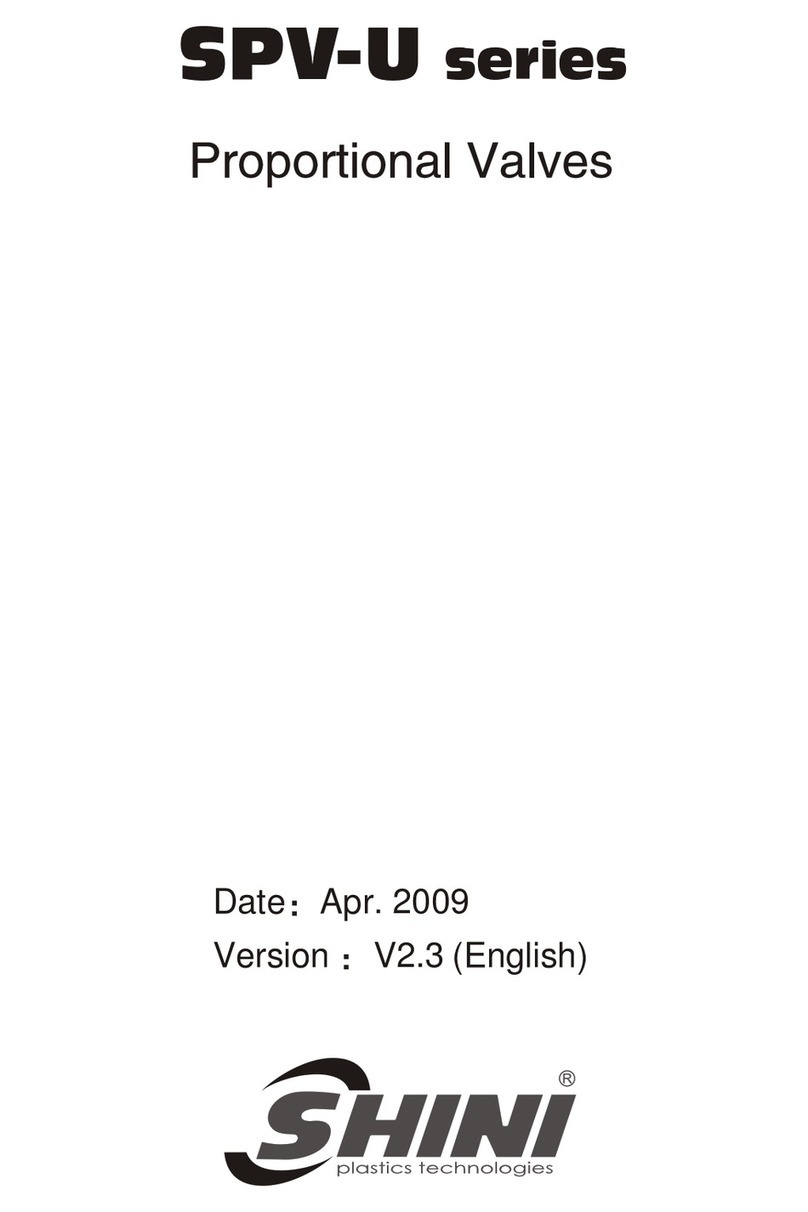
4
NOTE: Care should be taken when disassembling
not to scratch the stem, ball, or the body interior.
All valve components should be kept isolated for
easier examination and reassembly.
5.6 Before disassembly, remove and collect residual
objects from valves if any, and note their location.
Examination of these records and materials will
be found useful for better valve maintenance.
5.7 Scribe witness marks across edges of the coupled
body [1] and insert [2] for correct and easy
reassembly. Refer to Sketch 1
5.8 Fully close the valve, loosen handle bolt [18], and
remove the handle [15]. Refer to Sketch 1
Note: For ½” - 1” valves, remove the handle nut
[11] and lock washer [10] from the top of the
stem [4]. Then remove the handle [12]. Refer to
Sketch 2
5.9 Remove the snap ring [14] and stop plate [13].
Refer to Sketch 1
Note: For ½” - 1” valves the design does not
include these components, skip this step. Refer
to Sketch 2
5.10 Remove the packing nut [12], packing bolt [10],
and Belleville washers [11]. Refer to Sketch 1
Note: For ½” - 1” valves, remove the Packing
Nut [9] these valves do not have packing bolts
or Belleville washers. Skip step 5.11 Refer to
Sketch 2
5.11 Remove the gland plate [9]. Refer to Sketch 1
5.12 Remove the insert [2] from the body [1]. Refer
to Sketch 1
NOTE: This will require the valve to be placed
on a soft flat surface not to damage the raised
face on the flange. It will be necessary to use the
flange bolt holes to secure the valve in place. If
the torque required to loosen the insert is over 1.5
times the assembly torque, stop and examine the
valve for damage. It is suggested to bring that
valve in to a Quadrant facility for further
evaluation.
5.13 Remove the ball [3] from the body [1]. Refer to
Sketch 1
NOTE: Removal of the ball should be made with
extreme care so that it will not be scratched.
5.14 Remove the seats [5] from body [1]. Refer to
Sketch 1
5.15 Remove the body seal [7] from the insert [2].
Refer to Sketch 1
5.16 Remove the stem [4] by pushing stem into the
body cavity. Refer to Sketch 1
5.17 Remove the stem thrust washer [6] from the
stem. Refer to Sketch 1
5.18 Remove the stem packing [8] from the stuffing
box. The packing consists of graphite or TFM (R-
PTFE) rings. Refer to Sketch 1
6. INSPECTION AND CLEANING
6.1 Wipe off metal parts with a soft cloth using
petroleum solvent, steam, or oil.
6.2 Inspect metal parts for damage or burrs on all
surfaces. Worn or corroded area of part shall be
carefully examined visually or, if necessary, with a
magnifying glass. Cracks should be carefully
detected. Wall thickness should be periodically
measured for recording corrosion with the
passage of time.
6.3 Part replacement. For recommended spare parts
list see Quadrant ball valve catalog.
NOTE: Soft goods should never be re-used
after the valve has been disassembled.
Always replace soft goods after disassembly
with new pieces. The soft goods include:
seats, stem packing, body seal, and thrust
washer.
7. RE-ASSEMBLY PROCEDURE
(Refer to Assembly Illustration on last page for part
identification and location.)
Valve should be assembled in the following sequence
after all the component parts have been cleaned and
new spare parts have been prepared. Be sure that
rust and other soils are out of the seat retaining areas
ofthe bodyand insertfor optimalsealing performance.
7.1 Placethebody[1],insert[2],andball[3]onaclean
solid surface and inspect for damage, paying
close attention to sealing surfaces such as stem
hole, stuffing box, seat pockets, gasket surfaces,
and raised face surfaces. Refer to Sketch 1 & 2
7.2 Clean the body [1], insert [2], and ball [3] to ensure
that no dirt or metal debris are trapped in the
assembly. Refer to Sketch 1
